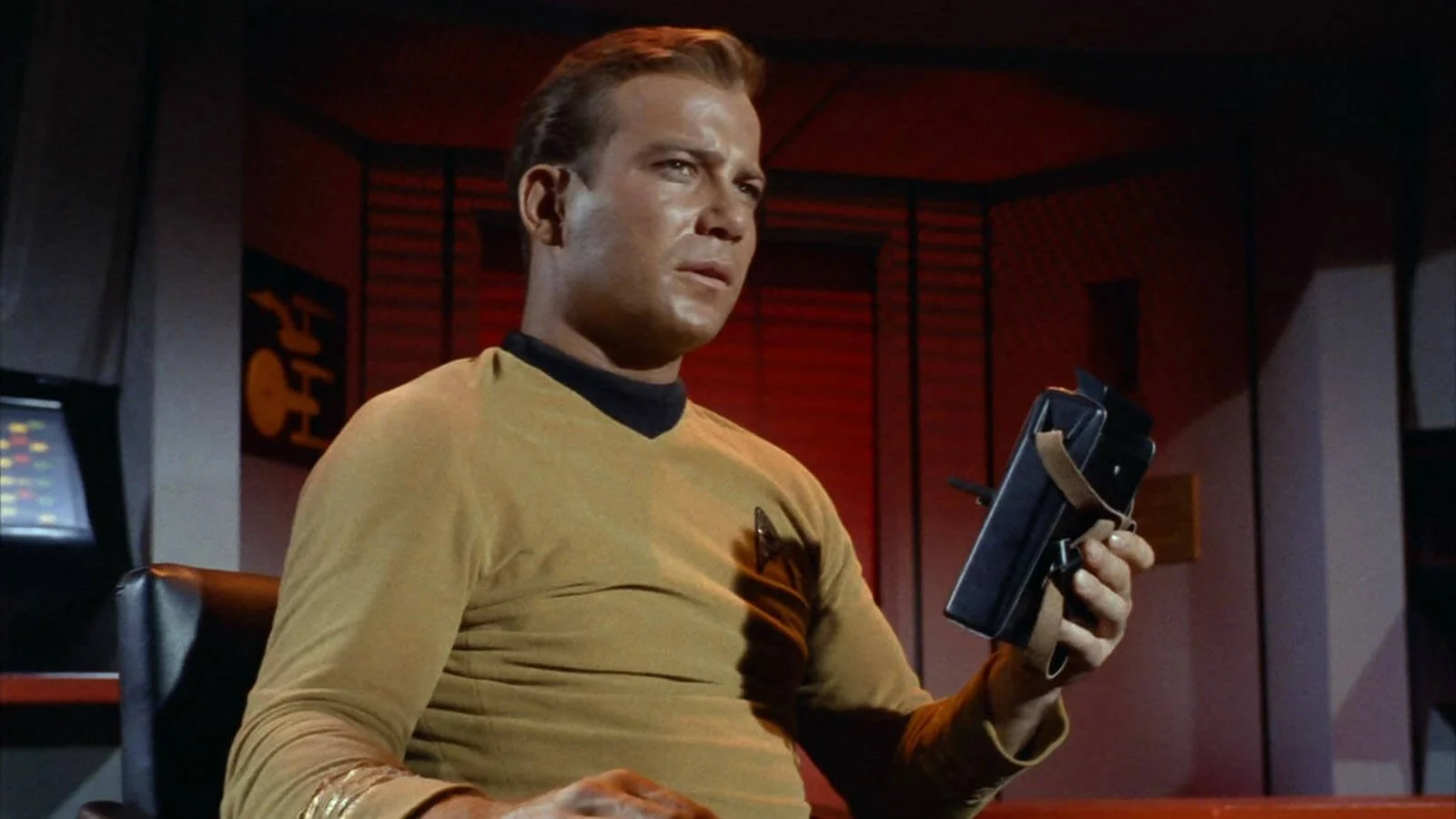CAPTAIN’S LOG 2 | Fixing interaction problems and vr bugs IN UNC: PATHFINDER
Welcome back to your behind-the-scenes look at developing a VR game. In our last entry, we talked about debugging some occlusion issues in UNC: Pathfinder. Now that we’ve fixed those, we’re on to the next challenge — interaction problems.
These VR bugs tend to happen a lot in games where the player can interact with their environment in multiple ways. And because we designed UNC: Pathfinder with a high level of interactability, we’ve got lots of these bugs to squash. So let’s get to it!
Debugging Challenges We’re Working On: Interactability Issues
Right now, most of our debugging centers on interactions that happen between the player and their environment. Of course, these exist in every video game — anytime your character jumps onto a platform, picks up a weapon, or hits a question mark block, an interaction happens.
Interactions are essential — they allow you to grab coins and avoid walking through walls. But they can also be problematic when they don’t work correctly. And interactions can stack on top of each other and get very complicated, very fast — especially when you’re building a VR game
The problem
There are several interactability bugs we’re trying to fix in UNC: Pathfinder. Most of them are happening when the player tries to use an object they’re holding. For example, we have an issue where the player can’t use a key to open a door. Why? Because as soon as the player gets close to the door, too many interactions start happening.
Technically, we only want the key to interact with the door. But right now, the player’s hands are also interacting with the door — and it’s making some weird things happen. Similar interactability bugs are happening when a player tries to grab a backpack, push buttons on a keypad, or even just enter certain areas of the game.
Basically, if there’s an opportunity to interact with something in the game, there’s a chance for stuff to go wrong. So we’re going through everything with a fine-toothed comb to make sure we catch all of those issues before release.
The solution
So, how are we fixing the interactability bugs? Order of operations! (Getting flashbacks of high school algebra class? Yeah, same here.)
But it’s the same idea as “Excuse my Aunt Sally” (or whatever the hell the term was) — we need to make sure the right interactions take priority. So for the key problem, we have to write the code in such a way that the key’s interaction with the door has a higher priority than the player’s hands’ interaction with the door.
Sometimes, there are so many potential interactions that we need to go back and simplify the environment. But in most cases, it’s just about updating the code to ensure that the right interactions have priority.
What’s Coming Next
Once we finish fixing these interactability bugs, we’ll be moving on to the polishing phase. That means tweaking some animations, re-recording voice lines that don’t sound quite right, and optimizing everything so it looks great on every platform. And yes, we’ll probably be squashing more bugs — because that’s a neverending process.
But we can see the finish line, and we’re so excited. UNC: Pathfinder is almost ready for release, and we can’t wait to hear what you think of it! Don’t forget to wishlist the game on Steam so you’ll know as soon as it releases.

